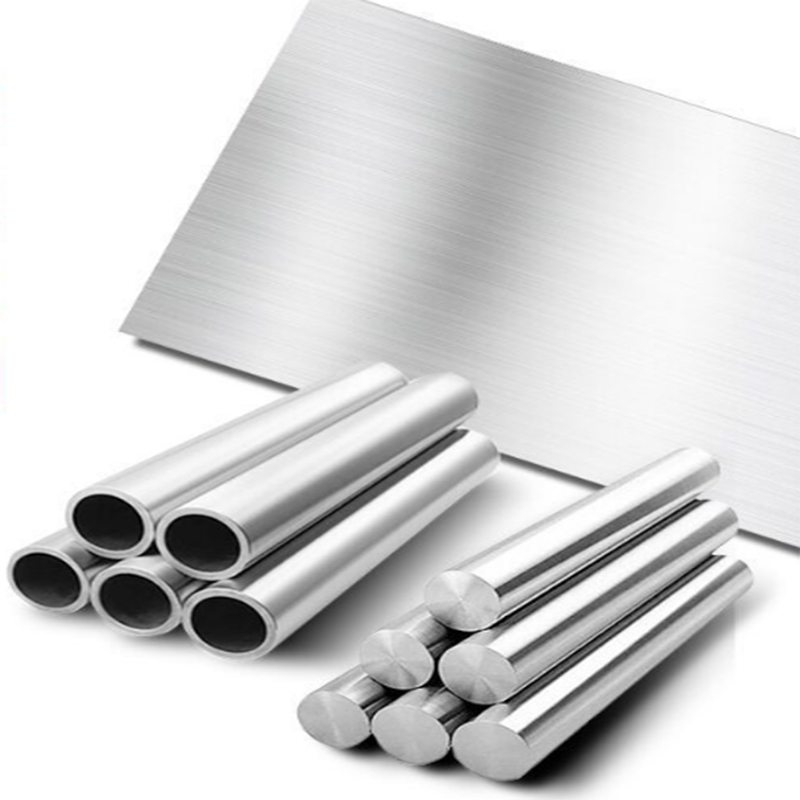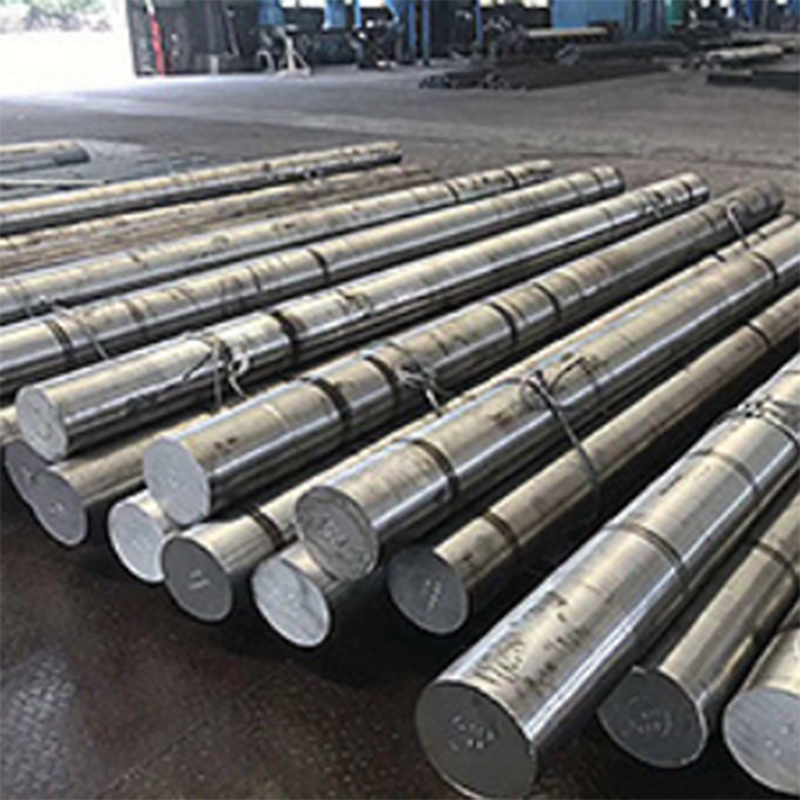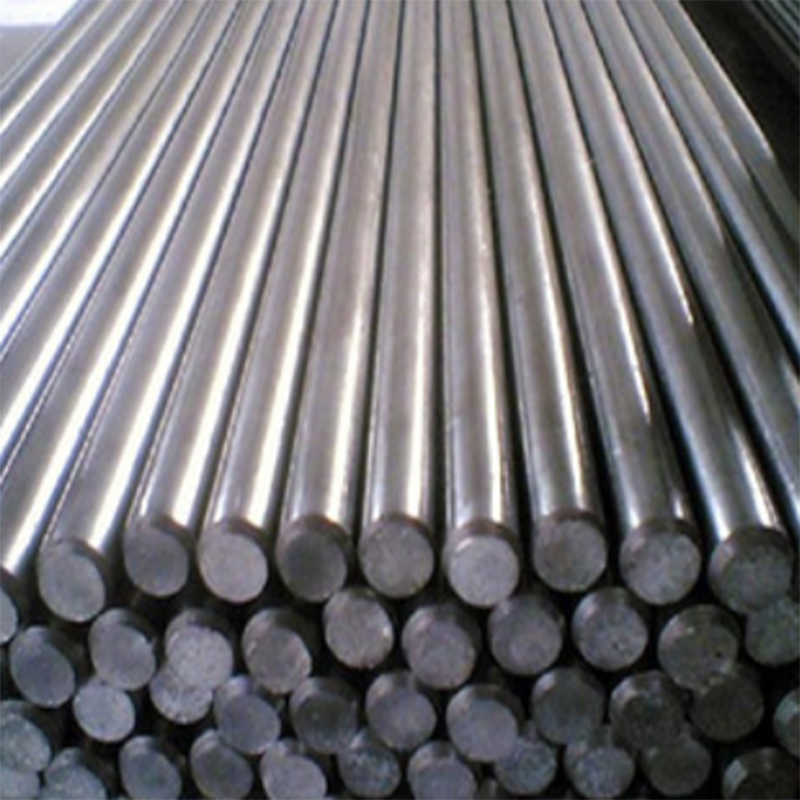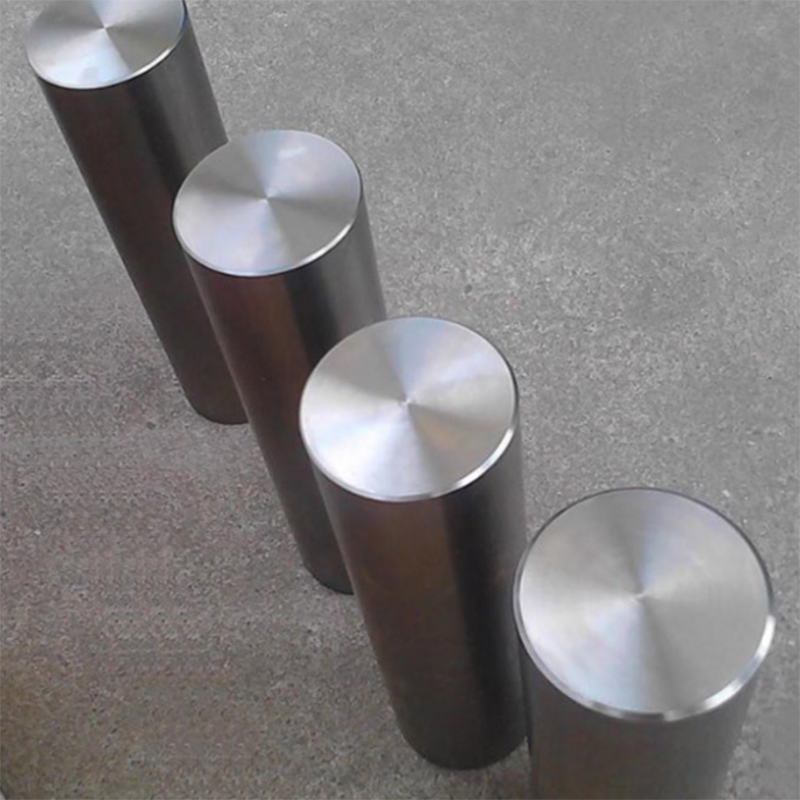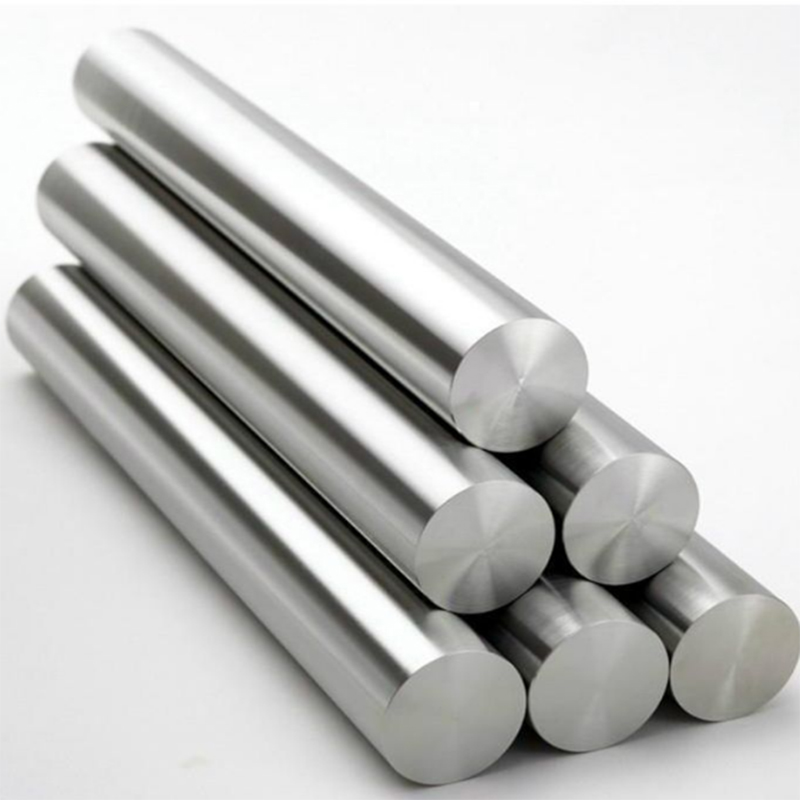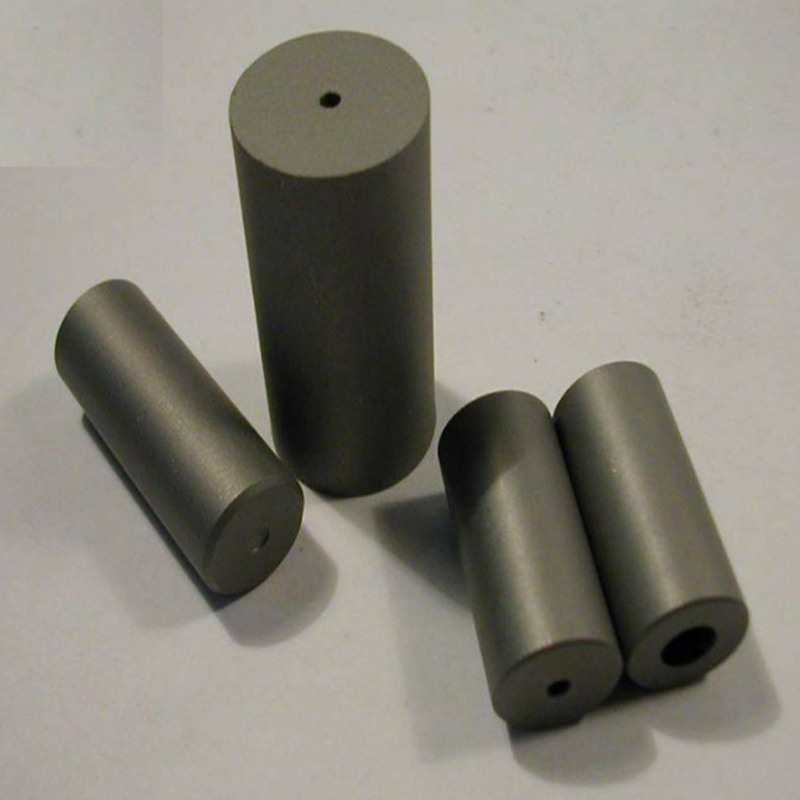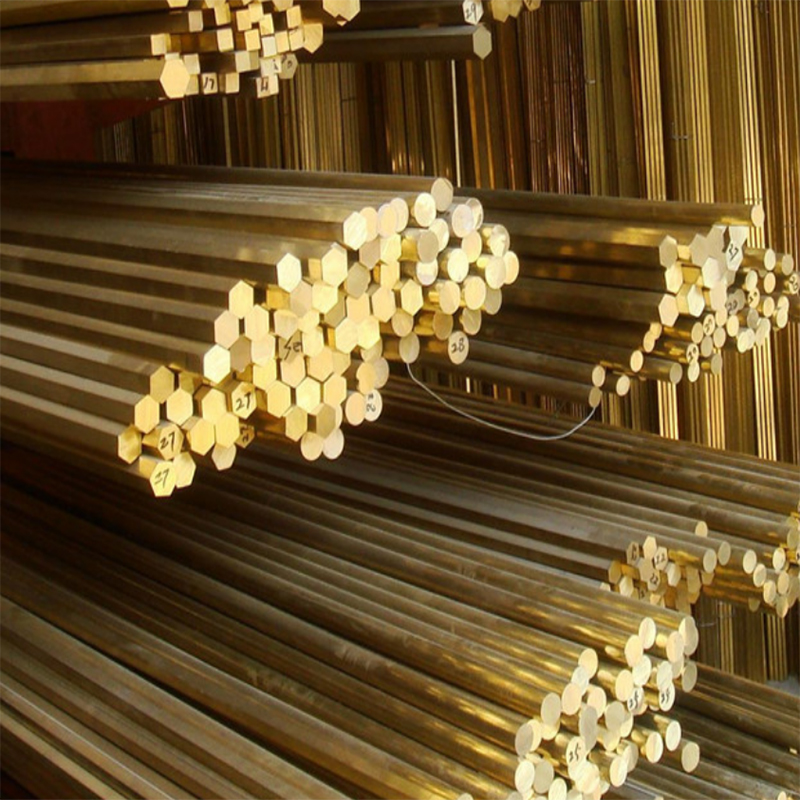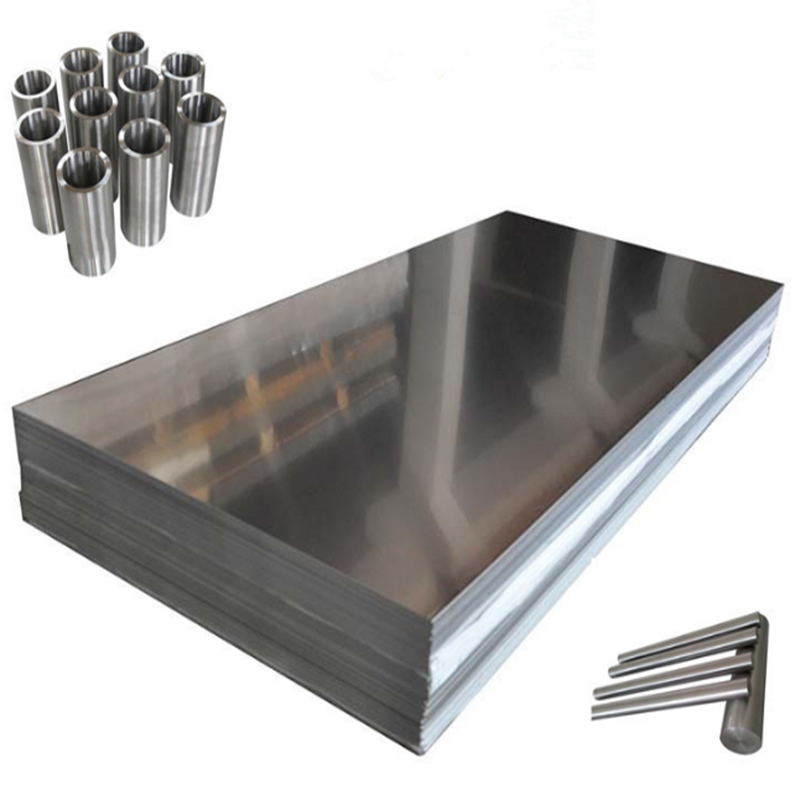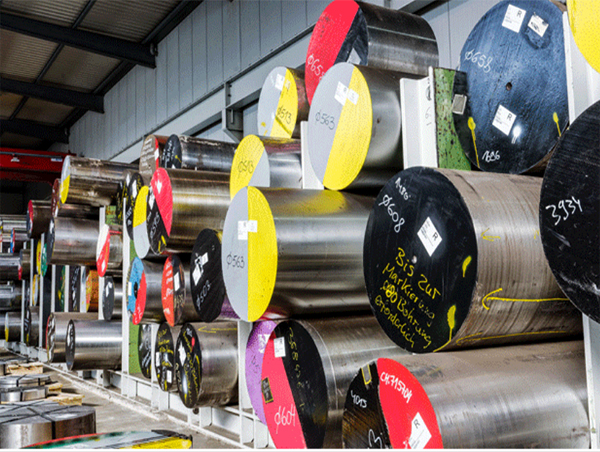
Specializing in high temperature alloy, nickel base alloy, corrosion resistant alloy, precision alloy, Stritai, nickel titanium memory alloy, titanium alloy, copper alloy, aluminum alloy, special stainless steel, excellent special steel and other high-end alloy materials production and processing, direct sales, distribution as one of the comprehensive special steel sales and production enterprises. The company has established a good and stable strategic cooperative relationship with well-known steel mills at home and abroad. With sufficient supply, rich varieties and complete specifications, the company is committed to providing qualified and high-quality high-end products for processing and manufacturing enterprises
DetailsPure Nickel Bar
Hastelloy wire
Inconel Tube
-
Inconel-Tube1.html
NiCr Wire
CuNi Wire
thermocouple bare wire
High-temperature bar
Precision bar
Soft Magnetic alloy wire
CuNi Strip
copper wire
Beryllium Copper Strip
NiTinol Wire
Molybdenum Rod
alumiun foam
Nickel Copper Foam
Niobium Plates/Sheets
Tungsten Copper Alloy
Magnesium Pellet

